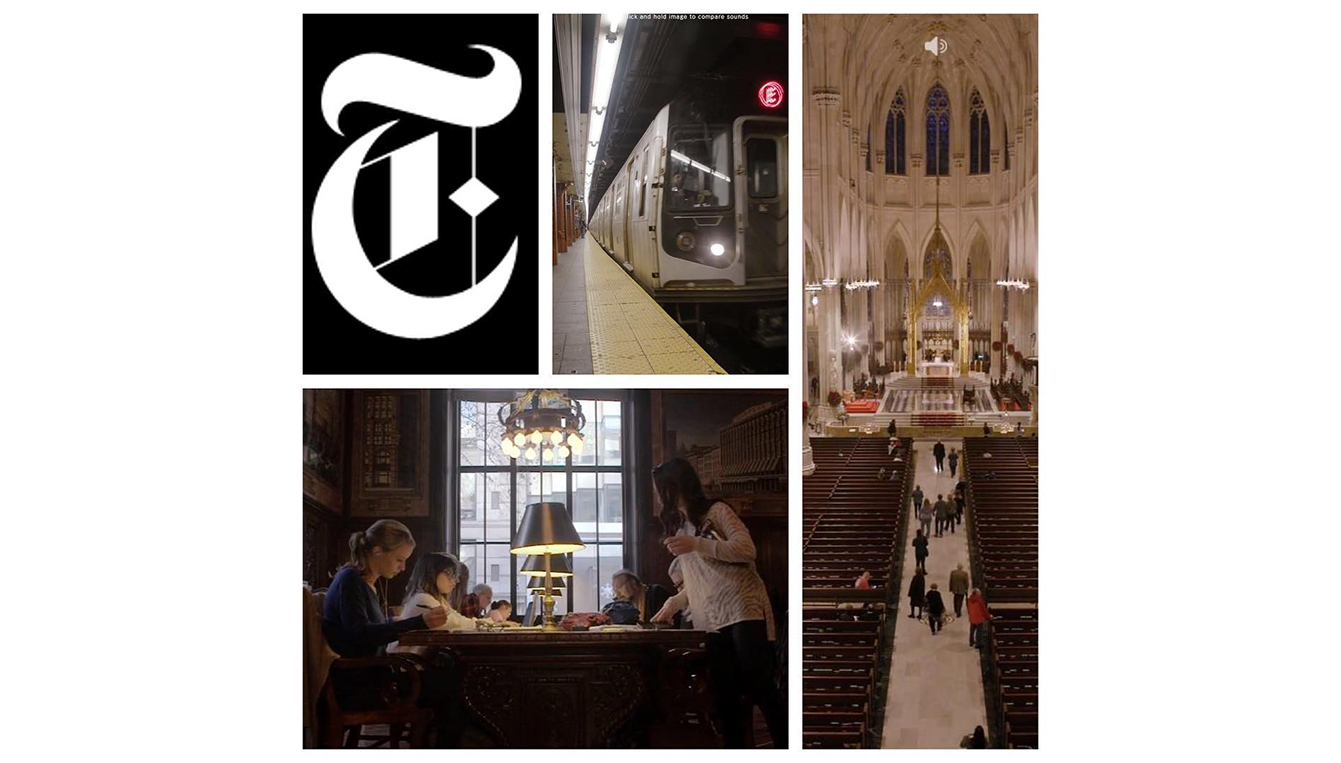Nicole Cuff
K-12 Education | Market Leader
Principal

The New York Times critic Michael Kimmelman beautifully presented a love for sound and the distinctive sounds that characterize the spaces around us in the article, Dear Architects: Sound Matters, which you can experience here. When you’re going somewhere, even before you get there, most of the time you have an expectation of what the space is going to sound like. Imagine going to the Boston Public Library in Copley Square, and the sound of your footsteps reverberating in the corridor, and the footsteps of your fellow patrons as well. Would you enjoy the sound as much if it was somehow muffled unnaturally, or if that same sound were in your office? But the library is so voluminous and active, it fits the space perfectly.
The expectation of sound isn’t only limited to building spaces, though. It also impacts how we perceive machines we use every day. Part of what our product design group does here revolves around machine sounds matching consumer expectations, whether it be a firm thud of a car door closing, or a blender or washing machine not being too loud…but not so quiet that you cannot tell it’s running. And public perception may change on what machines should sound like as well. When washing machines were first manufactured, some consumers actually wanted louder machines because that suggested they were more powerful, and would clean dishes very well; now, quiet washing machines command a premium in the marketplace. Now that cars are more and more efficient and the engine doesn’t sound the way that people expect, some car manufacturers have added in noise via loudspeakers in the dashboard so that the driver hears what they expect to hear (as well as external speakers for safety reasons).
Whether designing a library or a washing machine, the sounds of our environment need not be an accident, and often aren’t. Acoustical design can be intentional, not happenstance. Sure, acoustic anomalies crop up unexpectedly from time to time. But a great many of our aural experiences are heavily influenced by the design process — a process that increasingly benefits from the aid of an aural architect (to borrow a phrase from Barry Blesser and Linda-Ruth Salter) — an acoustics consultant or artist or other creative design professional who helps to shape not only the way we experience spaces and products visually and tactilely, but aurally as well. Acoustics is sometimes discussed as a kind of unpredictable art. We don’t buy it – or at least not entirely. With a few centuries of scientific inquiry and a few millennia of human experience to draw upon, we know a great deal about how to design acoustically comfortable environments: in fact, we do it every day.